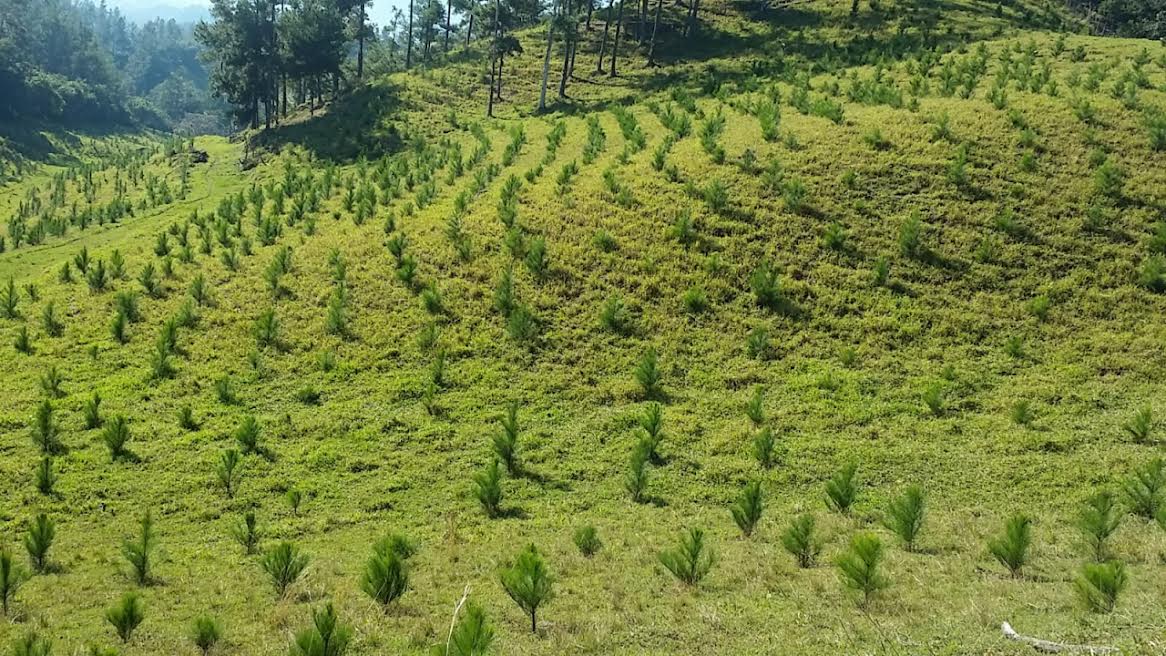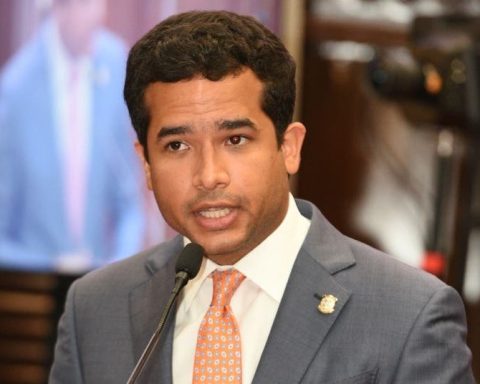San Jose de Las Matas, Santiago. – Plan Sierra, considered the main project for environmental conservation and the production of water and forests in the country, held its Assembly of Members in which the president of the board of directors, Manuel A. Grullón, highlighted the progress made by this organization during in 2021 around its mission to increase water storage capacities in the La Sierra region and promote the continued socioeconomic development of its inhabitants.
In particular, last year the Sierra Plan completed the biophysical and socioeconomic diagnosis of the Yaque del Norte river basin, the starting point for the preparation of the management plan for each sub-basin of this tributary.
At the request of the Dominican Hydroelectric Generation Company (EGEHID), Plan Sierra accompanied the socialization process of the Las Placetas project through 14 meetings in different communities and assisted the institutional municipal committee in identifying pending tasks, from construction of the Tavera, Bao and Monción reservoirs.
Another initiative of special importance in 2021 was the development of the pilot project for the ordering of the Guayubín sub-basin, whose main objective is to carry out hydrological modeling of the behavior of water flows that will facilitate decision-making on the priority and geographical location of the actions. ordering.
Increase in reforestation
The Sierra Plan increased the production capacity of plants reaching 1 million 564 thousand; an additional nursery was installed in the Los Montones Center for the production of special coffee plants; 7,354 new tasks were reforested with timber trees, another 2,337 tasks were maintained, and 901 pounds of seeds of coniferous and broadleaf forest species were collected.
In detail, 23 reforestation days were carried out, which covered the Bao sub-basin to the Chacuey sub-basin with more than three thousand volunteer planters, thanks to the participation of companies and collaborating entities, such as the Cibao International Airport, the San José Cooperative, the Yaque del Norte Water Fund, Fundación Popular, Banco Popular Dominicano and Grupo Popular, the Santiago Free Zone Corporation, the company Timberland Co., different mayors’ offices, among others.
Promotion of coffee, macadamia, lime and lemon
The San Ramón Foresters Association, which manages the La Celestina forest, approved the follow-up plan for Plan Sierra for the next five years. In addition, the Ministry of the Environment and Natural Resources authorized the 2021-2031 La Celestina Forest Ten-Year Management Plan and the 2021 and 2022 operational plans.
Regarding the promotion of coffee plantations, technical and financial assistance was given to 85 producers for the establishment of 1,048 tasks of this crop, using varieties recommended by the Dominican Coffee Institute (INDOCAFE).
The Sierra Plan accompanies the Association of Specialty Coffee Producers (ASOPROCAES) that took significant steps forward to relaunch coffee growing in La Sierra, bringing together 555 members in seven associations, who produce shade-grown coffee in 23,123 tasks and managing the certification of these farms with the denomination of origin (DO) “Café de Altura Juncalito”. The work agenda for this objective is part of an agreement signed with the Tropical Agricultural Research and Higher Education Center (CATIE).
In relation to the macadamia plantations, two projects were installed to monitor the development of plants produced with innovative technologies that require less time in the nursery, an initiative monitored together with the company Transplanta, in coordination with the Association of Producers of Macadamia and Associated Crops , (ASOPROM).
Regarding the production of limes and lemons, Plan Sierra joined the Technical Table for the Production of Limes and Lemons of the Ministry of Agriculture and the Lemon Cluster. A program was started to transform traditional plantations into plantations with an organic vocation and covered soil, introducing honey plants to attract bees and pollinators and herbaceous legumes to cover the ground.
In the agroforestry component, the Sierra Plan ratified its commitment to collaborate with the Ministry of the Environment and Natural Resources to convert land covered with grass into forest or shade-grown coffee plantations, with the purpose of stopping the advance of high-altitude cattle ranching.
Through the accompaniment of the rural aqueduct associations and in coordination with the mayor’s offices and municipal districts, work began on seven small aqueducts that carry drinking water to the homes of 849 families for a total of 3,300 users located in the communities of Caobanico and Stone Corner, in San José de las Matas; Take, in Santiago Rodríguez, Bejucal and Caimito in Jánico, Los Naranjos, in Ámina and La Guama, in Guayubín.
Institutional strengthening
The donation of 1.5 million euros to Plan Sierra by the French Association for Development (AFD) made it possible to initiate actions for institutional strengthening, including operational reorganization and modification of the statutes that govern the institution.
In addition, 75% of the “Communication Infrastructure Improvement and Expansion Project” was completed, which includes internet access, mobile and landline telephony and delivery of devices to georeference the work to each of the field technicians. In the same way, the connection with fiber optics and dedicated lines was achieved between the central headquarters, those of the sub-basins, the Los Montones Center, the nurseries and the Santiago office, among other points.
Given the lack of professionals in social work and rural development promoters, an agreement was made with the Pontificia Universidad Católica Madre y Maestra (PUCMM) in order to integrate more professionals to these tasks.
The Tropical Agricultural Research and Higher Education Center (CATIE), based in Costa Rica, was contracted to provide advice for the redefinition of components of the proposed land use systems, their updating in the framework of climate change conditions and the need to give priority to carbon sequestration and the conservation and increase of biodiversity. The knowledge acquired in this sense will be extended to the producers of the region.
Meanwhile, with the Latin American Faculty of Social Sciences of the Dominican Republic (FLACSO-RD), a diagnosis is made on the role of women and their participation in the processes of ecological and social development in the area of intervention of the Sierra Plan, the results of which are hope they are ready in this 2022.
















